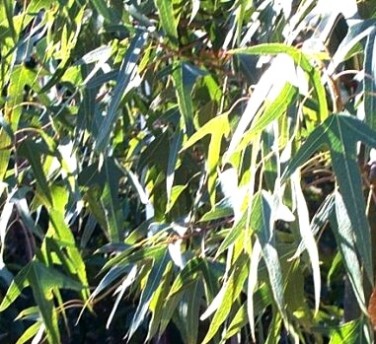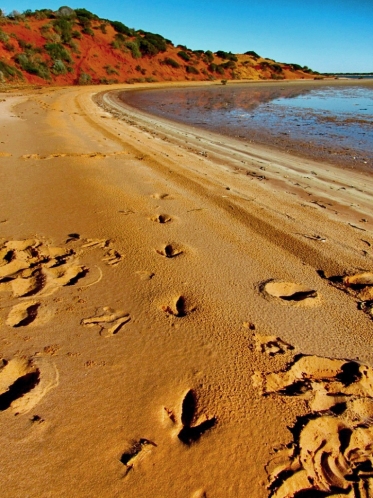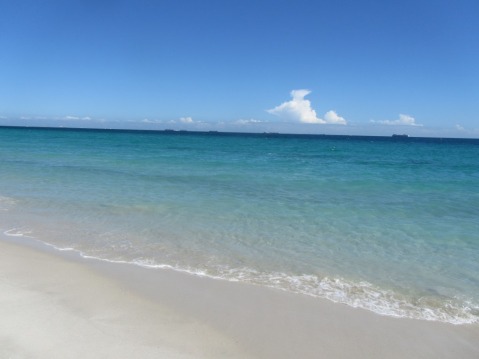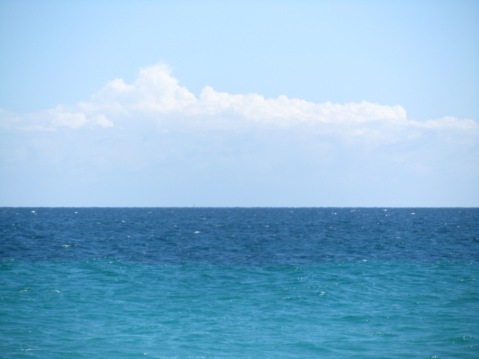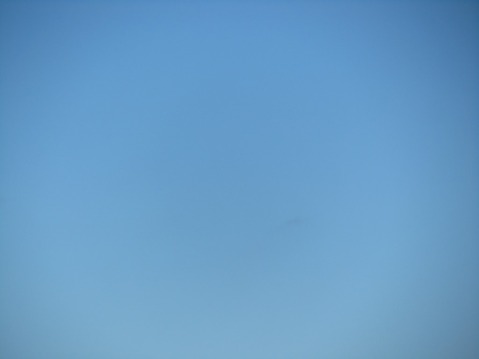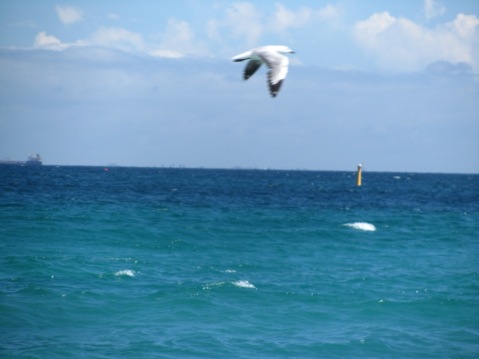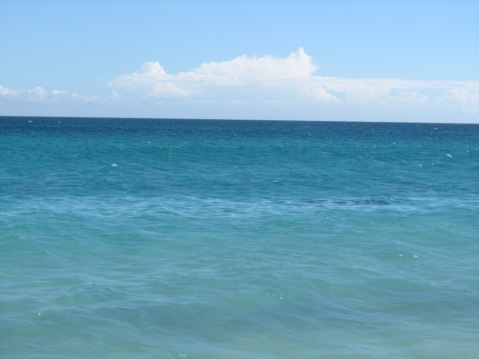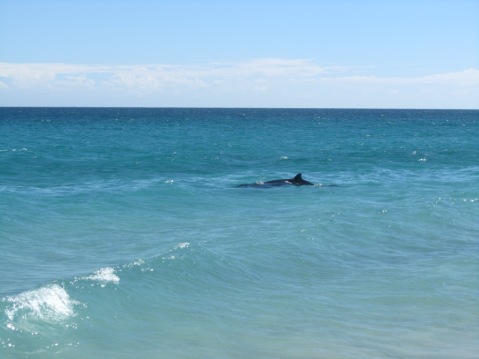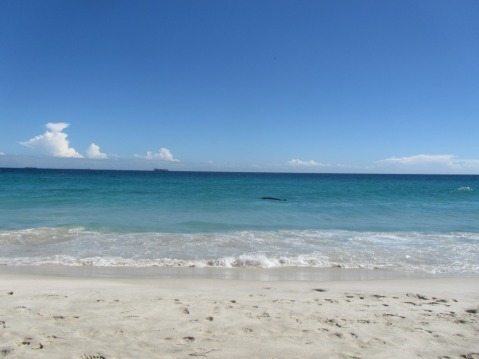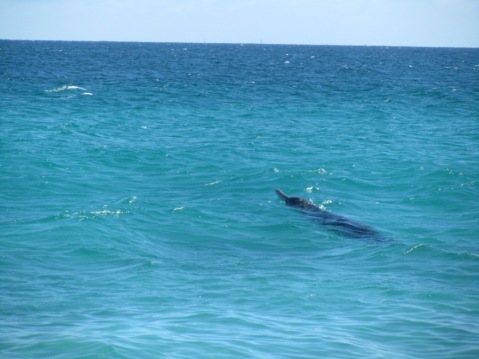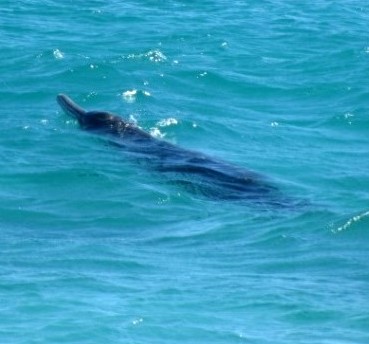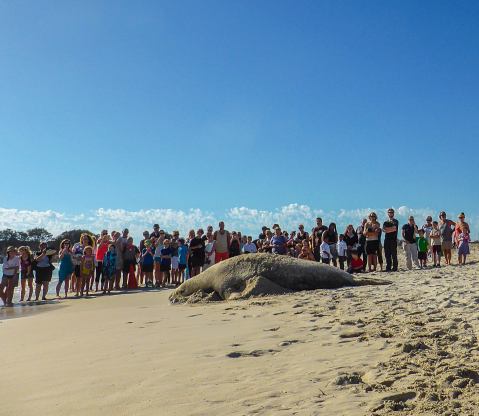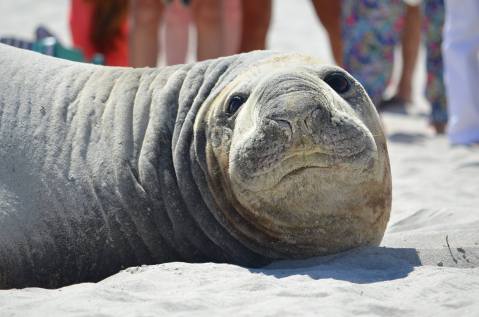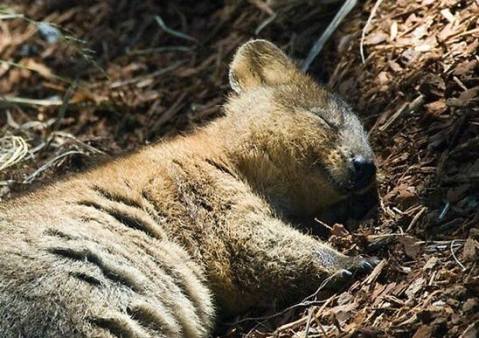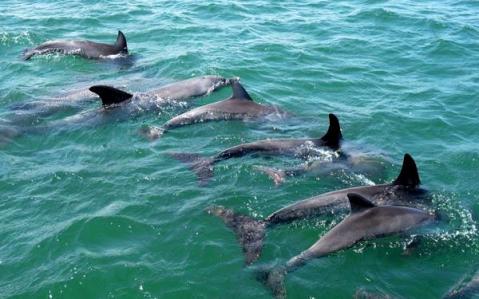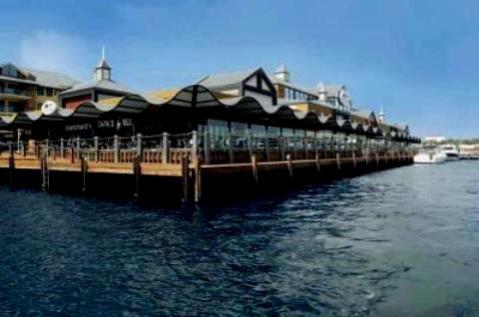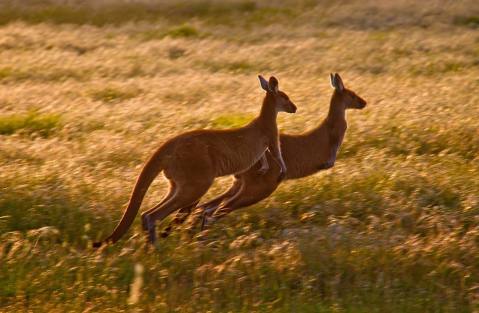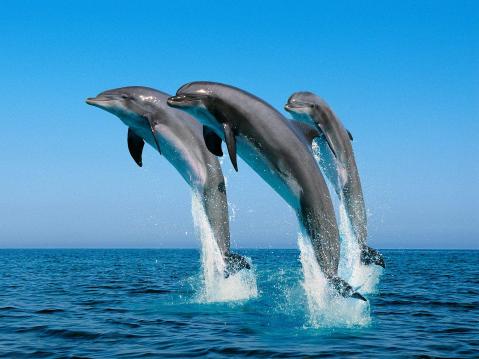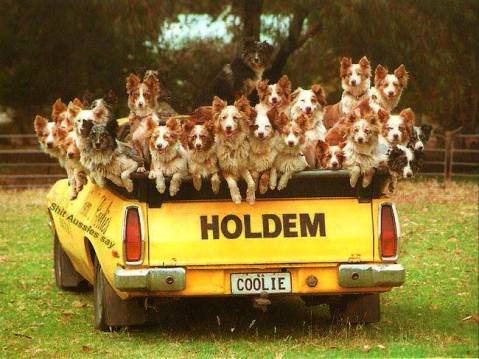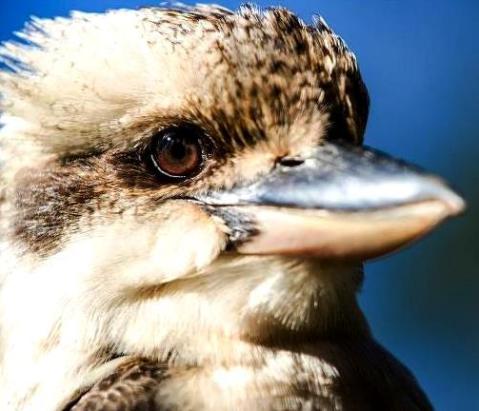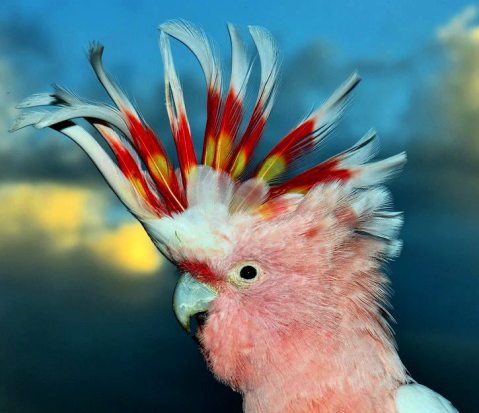the emu tree
When you explore the country with an Aboriginal guide, you get an added bonus on the comparable, ‘standard’ sightseeing tours – you gain insights about how to ‘read’ the land and apply – to what at first appears to be a patch of barren bush land – some fundamental bush survival knowledge that has been handed down through the generations for many thousands of years.
This is just one example of a story told by Capes on my recent trip to Shark Bay (see Apr. 26. post)
There are 31 species of the native Australian ‘Kurrajong’ tree – this one, which grows in Gutharraguda (Shark Bay), is easy to spot because it is much greener than the other trees in the region. This particular species, the desert Kurrajong, has a bulb at the base where it stores a water supply. Its lush leaves deliver shade which make it a popular rest spot for Kangaroo and other fauna. The Emu like to feed on the seed pods and when the tree bursts into flower (just after the desert rains), the Aboriginal people know that the Emu chicks are hatching.
Last but not least, the leaves are shaped exactly like an Emu foot.
We spotted these Emu tracks on the shoreline at Big Lagoon – but the Emu seemed to be everywhere in Shark Bay – even crossing the road in the town centre of Denham, slipping between the trees to dodge visitors’ cameras on the grassy foreshore – and bathing at the beach, stealing the limelight from the dolphins at Monkey Mia.
the beaked whale
Yesterday at Leighton beach there was a whale swimming around – it cruised as close as 10 metres from the shore – and stayed in the bay for about an hour.
At first I thought it was a huge bottle nose dolphin – it was ‘looping’ its way through the water in a very similar way – but then it came closer and all of a sudden it was over 3 metres long. So beautiful – so graceful.
Since I have been living here, I must have seen more than 50 dolphins and at least 10 whales – but I will never lose that sense of ‘first time’ thrill that tingles through from head to toe, every time I see them.
This time it was a Gray’s Beaked Whale – they generally reside in groups and in much deeper water – also the whale season doesn’t start until July so the local Wildlife Department has concluded that it is sick. I really hope that they are wrong – obviously this one hasn’t read the wildlife calendar.
Dancing around the beach excitedly is not a good way of taking photos – so these are a bit disappointing – I hope you will still enjoy the scroll.
where ? . . .
what ? . . .
endless blue sky today
ship ahoy !
nice seagull
oops
can you see it ? that dark patch to the right
YAAAAYYYY
so close to the shore
so beautiful
a most magnificent sand sculpture
This gigantic sand creation attracted quite a crowd at Perth’s Sorrento Beach yesterday
Hang on . . . that’s not a sand sculpture . . . it’s an elephant seal, grabbing some ‘basking’ time (probably after a long day of hunting) and he’s come all the way from Antarctica.
This is a juvenile – he’s about 2 meters long and weighs around 2000 kg – a fully grown adult can weigh up to 3000 kg!
Mr Happy
Meet Perth’s smiling Quokka (a sort of mini kangaroo). The Quokkas live on Rottnest Island (a 45min boat trip from the mainland) – they are quite symbolic of the days of the great explorers and are found exclusively in Western Australia.
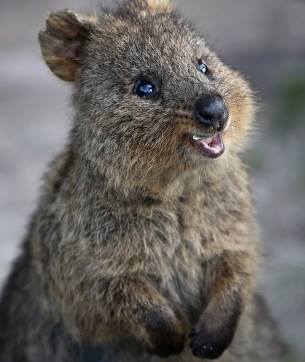 photo – Mogens Johansen (The West Australian)
photo – Mogens Johansen (The West Australian)
They were one of the first Australian mammals seen by Europeans – the Dutch mariner Samuel Volckertzoon wrote of sighting “a wild cat” on Rottnest Island in 1658. In 1696, Willem de Vlamingh mistook them for giant rats and named the island “Rotte nest”, which comes from the Dutch words rattennest (rat nest).
Today, Rottnest houses the largest colony of wild Quokkas, offering a safe haven from their natural predators – the Island is also traffic free and laced with superb beaches. These cuties have no fear of humans and it is common for them to approach quite closely – but it is strictly forbidden to take them home . . .
All together now – nawwwwwww
the boys are back in town
2014 has rolled in on quite a heatwave, stoking the temperatures in Perth last weekend to as high as 44°c. The water temperature is rising too of course – this seems to draw dolphins to the shore and warm them up for play – particularly the ‘boys’ who have a tendency to form so-called ‘dominant male alliances’.
There are several beaches around Western Australia where you can swim, cruise or just interact with wild dolphins. My favourite spot is Koombana Bay in Bunbury – as it is still quite small and cosy – and the shallow waters there make it easy to find them, but also offer a safe ‘nursery’ area where they regularly like to bring their calves.
There is a Dolphin Research centre there, where you can join one of the regular cruises to learn all about the ‘locals’ whose names e.g. Shanty & her calf Jingles, Lumpy, Cracker, Eclipse generally derive from the shape of their fins or markings.
But quite often, you can just watch dolphins from the shoreline – or they’ll pay you a secret visit to a quayside pub, while you’re sipping a refreshing glass of chilled wine – and the more you sip, the more you see them . . .
Major Mitchell
Although Perth is over 2000 km south of the savanna regions, my daily life here has adopted a distinctly ‘tropical’ flavour.
Firstly, a family of cicadas has nested itself into the display panel at the office, enriching each working day with a burst of shrill entertainment. Apparently, these critters, fondly known as the ‘green grocers’, have adapted perfectly to urbanised environments and housed themselves in most Australian cities.
Secondly, the late summer has become very humid – with those heavy, muggy evenings and deep purple skies.
And – last but not least – an incredible variety of parrots are crowding the trees along the river. The white corellas, who seem to live there all year round, have now been joined by cheeky pink and grey galahs, rainbow lorikeets and my new favourite – the ‘Major Mitchell’, who makes me giggle
He was named in honour of Major Sir Thomas Mitchell, (no, I have no idea either) who wrote “Few birds more enliven the monotonous hues of the Australian forest than this beautiful species whose pink-coloured wings and flowing crest might have embellished the air of a more voluptuous region”.


